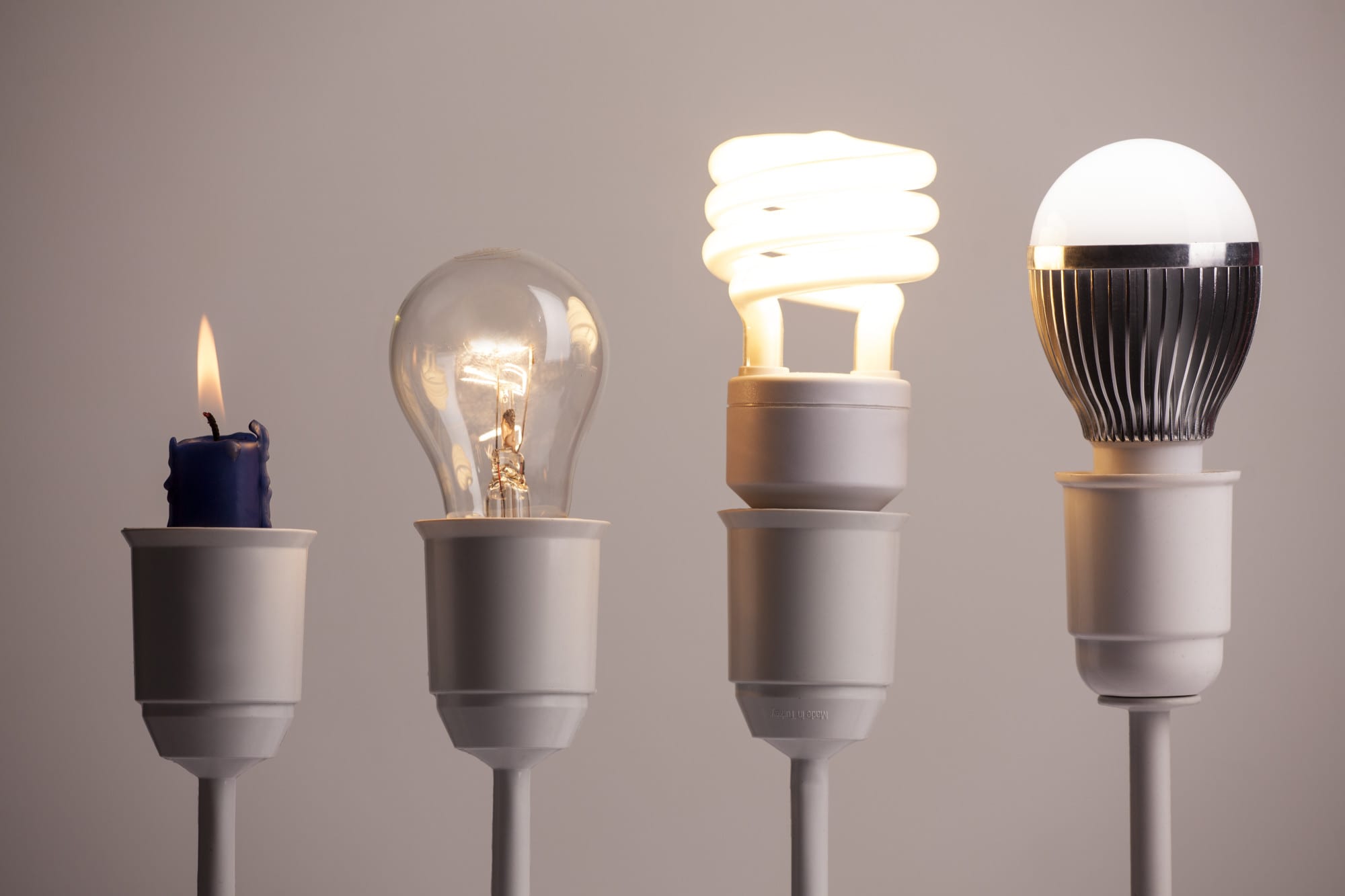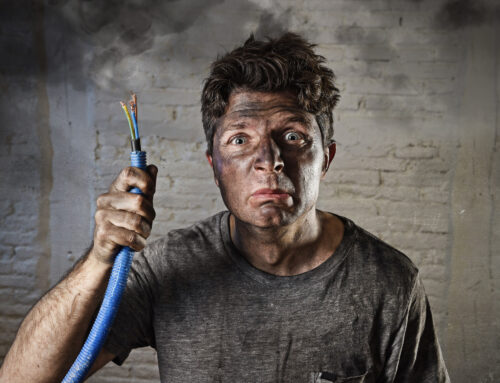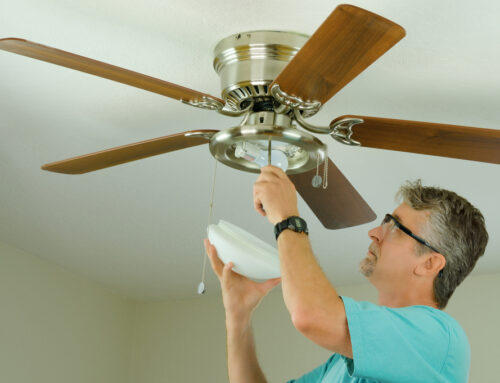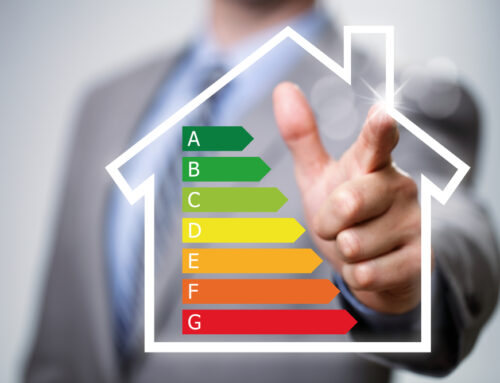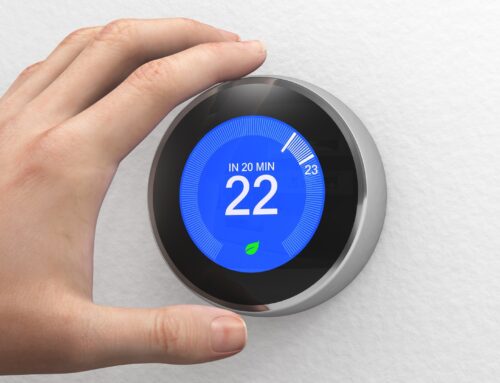Fluorescent lighting is all too common in commercial spaces. This is usually due to its low cost; however, the health cost for employees may not be so negligible.
Electricity is a wonderful invention that has made daily life a little easier. The light bulb evolved from arc lamps into incandescent bulbs, then into halogen light bulbs, and finally into the Compact Fluorescent Lights we know now. Unfortunately, these CFLs often produce a low-quality light that can cause health issues.
Thankfully, Light Emitting Diodes (LEDs) may offer a solution to this problem. Learn more about LED vs fluorescent lights below.
What Is a CFL?
A Compact Fluorescent Light is a bulb or tube that uses an argon and mercury vapor reaction to create ultraviolet light. The inside of the bulbs or tubes has a fluorescent coating that reacts with invisible ultraviolet light to make it perceptible to the human eye.
They take a bit longer to hit full brightness as they warm up. Still, they are far more efficient than previous iterations of the light bulb. These bulbs last around 10,000 hours and use about 14 watts of energy.
What Is an LED?
A Light Emitting Diode using semiconductor material to move electrons around and produce light. They can last more than 60,000 hours and only need 4 watts of energy. Not only will the bulb last longer, but it will bring down average utility costs.
Despite their higher initial cost, it seems their efficiency makes them a better choice than CFLs. Certainly, a better environmental choice, both for humans and the Earth itself. LEDs emit a higher quality light than CFLs, causing fewer health issues down the road.
The difficulty in changing from CFLs to LEDs in a commercial setting is the cost of changing the infrastructure. This makes businesses less likely to upgrade to better technology.
LED vs Fluorescent Lights
Another benefit of LED bulbs is that they do not contain any harmful chemicals, unlike the argon and mercury in fluorescent bulbs and tubes. If a fluorescent light breaks, it can be dangerous. It can also make the proper disposal of fluorescent lights more difficult and there is more potential harm for the environment.
One of the only upsides to CFLs is that they easily illuminate large areas. However, despite their name, LEDs are more compact. There are LEDs made to illuminate wider areas, but these designs may be more expensive.
Considering how much cheaper LEDs have become over time, hopefully, it will be affordable for all businesses and homes to use them in the near future.
Finding the Right Light for You
Ultimately in the LED vs fluorescent lights debate, the most important factor is your preference. Are you more concerned about budget or health? Are aesthetics significant? For those with bigger pockets and style concerns, LED is the way to go.
Do you need professional help installing your LED or fluorescent lights? If so, make sure to contact our expert technicians today.

